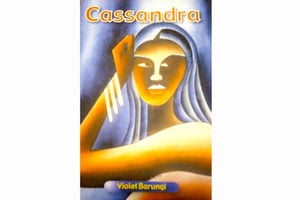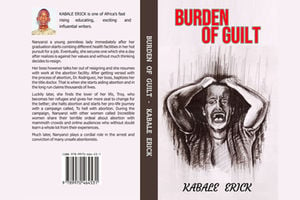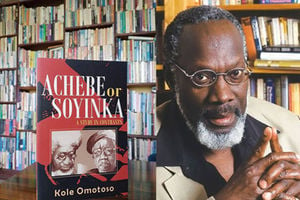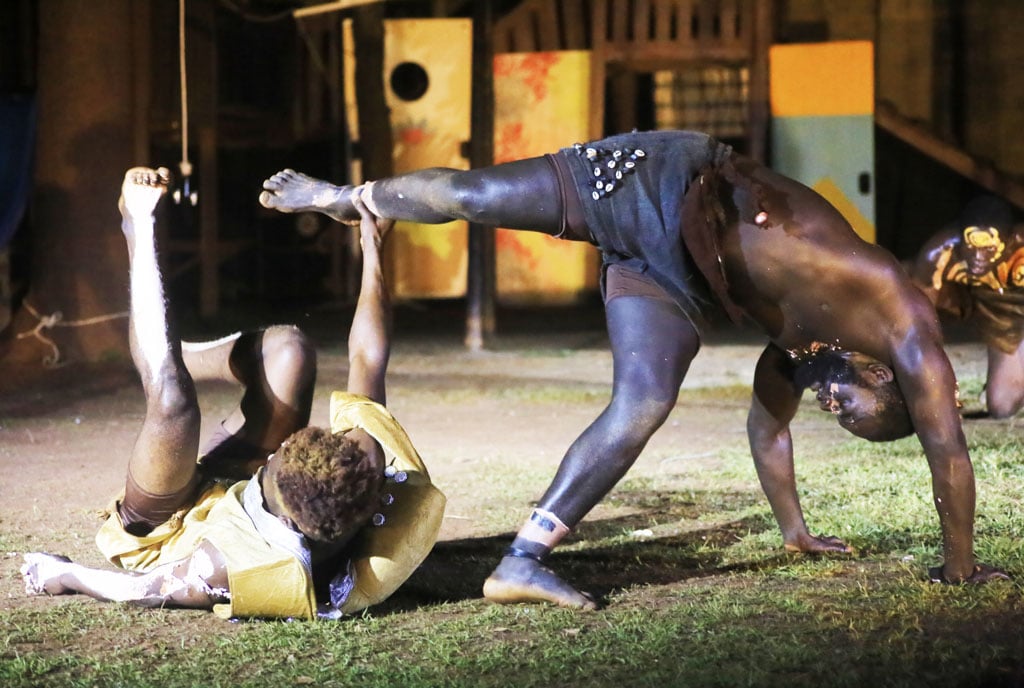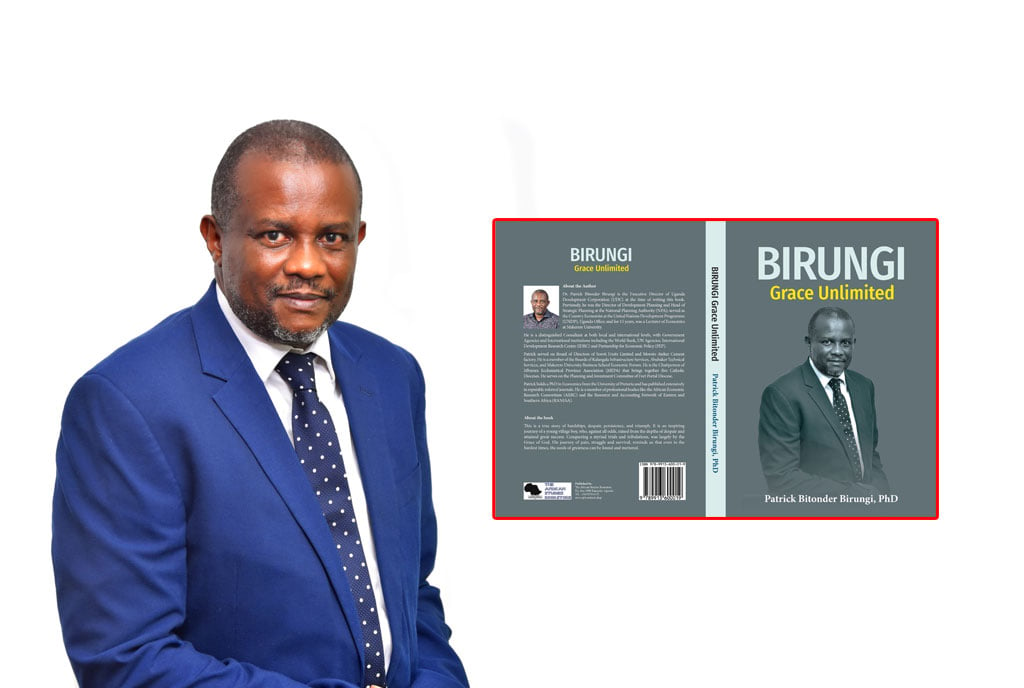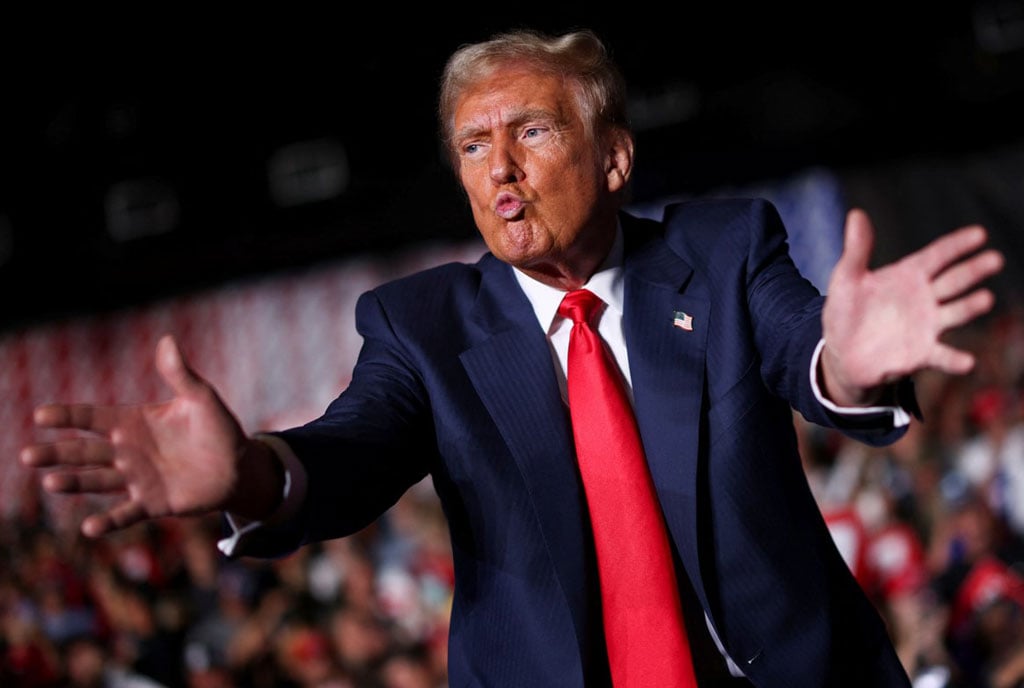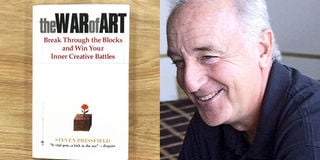
You must have encountered, read or, at the very least, heard about The Art of War, right?
Well, The War of Art is not a sequel or prequel to that classic work of literature (The Art of War) by the Chinese Military Strategist, Sun Tzu.
Steve Pressfield’s book is subtitled Winning the Inner Creative Battle, and is something of a call to arms too.
However, it draws a line between it and Sun Tzu’s book at the very outset by stating that the soldier mocks death while the artist frowns upon defeat.
In the process, the author presents a model of the artist’s world, with the artist being the generic term for any creative individual.
True art, he points out, exists on “planes of pure potential, which are timeless, placeless, spaceless, but which long to bring their visions into being here, in this time-bound, space-defined world. The artist is the servant of that intention, those angels that Muse.”
The noun Muse means a person or personified force, who is the source of inspiration for a creative artist.
Anything or anybody can be a Muse. If you are one, then you are blessed with the power of inspiration.
This power conjures grand literature, sensational paintings and even helps create as well as recreate the artist.
The poet, William Butler Yeats, had the feminist, spiritualist, English-born Irish revolutionary Maud Gonne as a muse.
This rather eccentric lady, according to the online Literary Hub magazine, once had sex in her child’s tomb in an attempt to persuade his soul into a new body.
“The enemy of the artist is the small-time ego, which begets resistance, which is the dragon that guards the gold. That is why an artist must be a warrior and, like all warriors, artists over time acquire modesty and humility,” Pressfield writes.
“They may, some of them, conduct themselves flamboyantly in public. But alone with the work, they are chaste and humble. They know they are not the source of the creations they bring into being. They only facilitate. They carry. They are the willing and skilled instruments of the gods and goddesses they serve,” he adds.
This is fascinating because it reveals how the artist is a vessel. If art is disease, then you could call the artist a vector.
Regardless, every artist must accept that they are part of something larger than themselves. Accordingly, no artist is a phenomenon. Rather, they are epiphenomena- meaning they come from phenomena.
This thought is not new. Georg Wilhelm Friedrich Hegel, a German philosopher and one of the most influential figures of German idealism and 19th-century philosophy, said an artist must interpret the will or temper of the times and then crystalise the two in words or images.
This is why the really great artists express the zeitgeist of their societies. Zeitgeist (or what Hegel called the Geist) is the defining spirit or mood of a particular period of history as shown by the ideas and beliefs of the time.
Karl Marx, Prince, Michael Jackson, Simone de Beauvoir and even our very own Jose Chameleone, are great examples of zeitgeist artists.
The good news is that artistry is in us all, says in the author.
“Most of us have two lives. The life we live, and the unlived life within us. Between the two stands resistance,” he writes.
It is this resistance that stands between us and our art. He adds, although this resistance is not necessarily all bad.
“Resistance is directly proportional to love. If you are feeling massive resistance, the good news is, it means there is tremendous love there too. If you did not love the project that is terrifying you, you would not feel anything. The opposite of love is not hate; it is indifference.”
If you can overcome resistance, you will unleash the creativity that is native to your person.
Author: Steve Pressfield
Title: The War of Art: Winning the Inner Creative Battle
Free Availability: The-war-of-art-by-Robert-Pressfield.Published: 2002
Pages: 190
